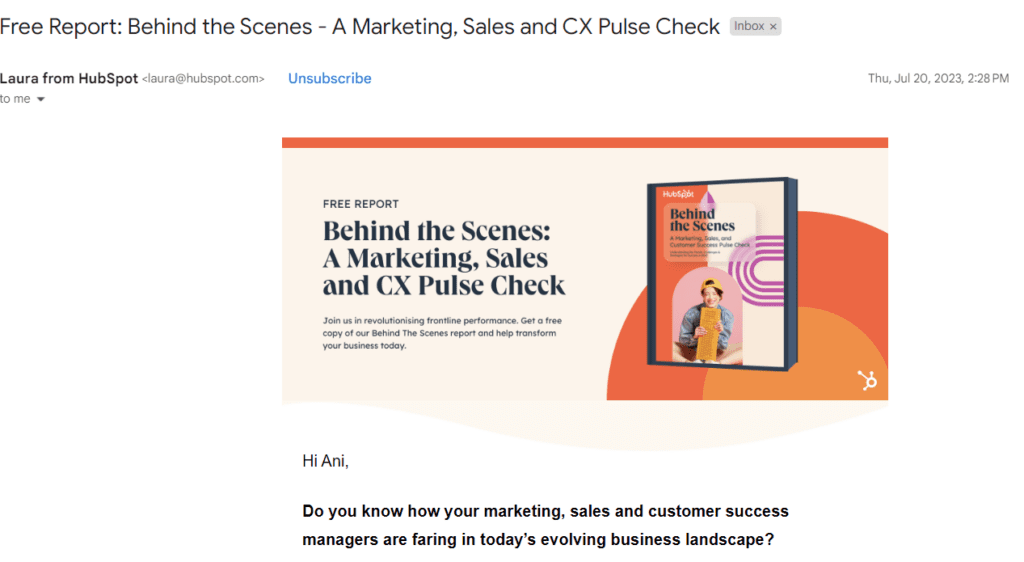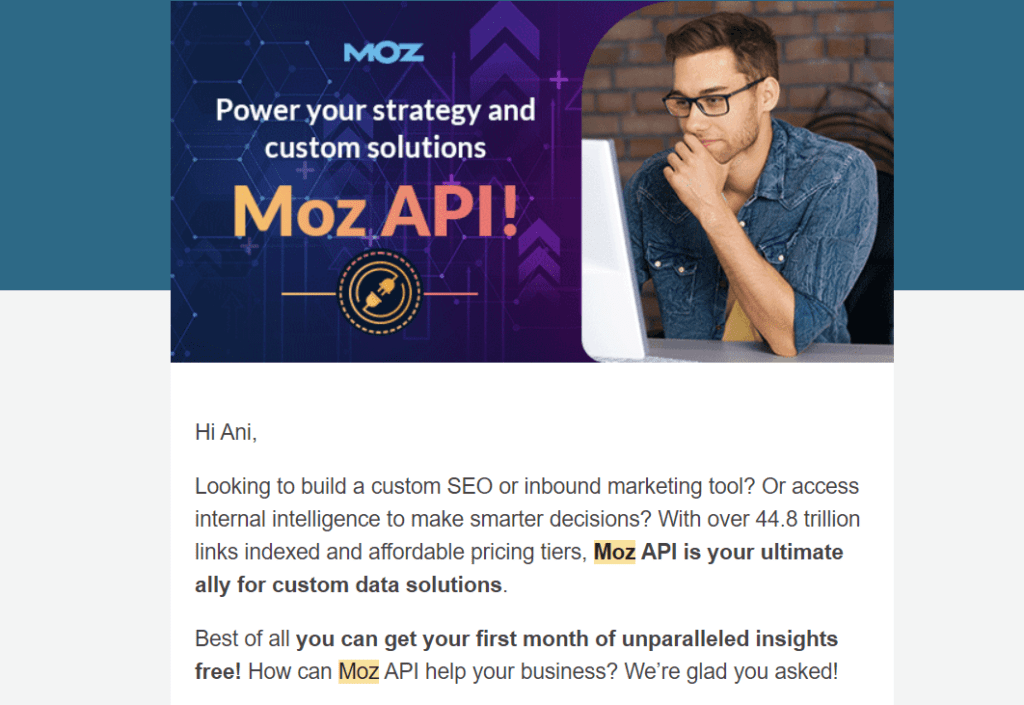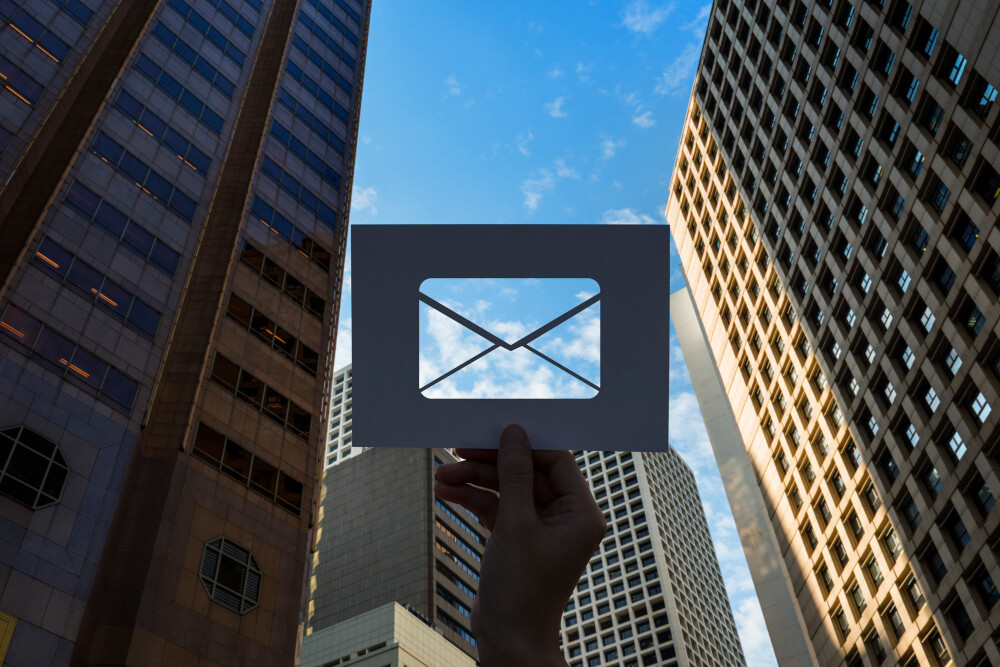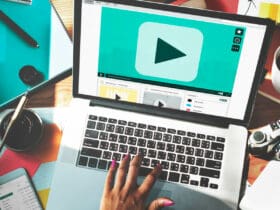Latest researches show that 77% of B2B clients prefer email communication over other popular channels in the industry. So, if you have been sending out multiple email campaigns but not seeing the results, you need to incorporate B2B email marketing best practices as soon as possible.
Every successful B2B email marketing strategy achieves the following: attracts clients, engages them, and converts them into loyal customers/users. But it does not happen miraculously and does not come that easy. Marketers spend hours to understand how their clients want to be communicated, when, and why. These are the questions that our research tackles with 6 best practices for B2B email marketing in 2024.
Why B2B is a unique niche in email marketing?
Email marketing history starts with a B2C sector. A lot of books were written about customer relationships through email channels, many courses were recorded, and numerous articles were published online. However, very few resources cover the essentials and best practices for the B2B segment in email marketing.
The difference though between B2B and B2C for email marketers is huge. While many factors differentiate these two audience groups, the primary distinctions are:
Decision makers: B2C email marketing targets individuals – a single person making a decision to buy a product or service, while B2B marketers need to think about groups of individuals, or teams, who are responsible for procurement within the company.
Sales funnel: everyone knows that B2B sales cycles are much longer than in B2C and it primarily depends on the decision-making process – B2B firms go through many different stages before the purchase is approved and financed. That is why B2B email marketing best practices often focus on longer sales cycles.
Purchasing goals: marketing for the Business-to-Customer segment often involves strategies such as buzz marketing, emotional marketing, and influencer marketing that prove to be extremely effective. However, Business-to-Business strategies entirely focus on professional communication, highlighting the suitability of the product/service for businesses and concentrating on the unique needs and demands of a client.
B2B Email Marketing Best Practices
While general guidelines are very clear for B2B marketers on how to communicate with clients through email campaigns, very few resources are available on practical uses of the guidelines. Below is the list of 8 B2B email marketing best practices with examples and detailed explanations on how to utilize them for high-converting campaign results.
1. Create a Short, Catchy Subject Line
Many emails end up in the trash without even being opened. This happens thanks to the poor subject lines. Especially, if you are using cold mail lists, crafting an intriguing and laconic subject line can decide the fate of your email campaign.
The ideal range for a B2B email subject line is between 28 and 50 characters. What you want to do with your email title is to customize and tailor it exclusively for your client. Everything about the subject line should speak about your client – mention their brand name, specific pain point, their main product or service, or challenges they face.
Depending on the product or service you are offering you can format your subject lines in a few different ways:
- Quick question about [specific challenge or pain point] – research your prospective client and understand the challenges they face. Do they have a low employee retention rate? Low customer rating? Losing ranking on the web?
- News about [related company or a competitor] – if you have a client that has similar needs to your prospect, you can use it for your benefit. Share the success stories of your collaboration but make sure that you do not give away confidential information.
- A quiz to see if [their business industry] needs [product or service] – design a quiz that targets a specific niche your prospect is part of. Interactive polls are one of the most effective B2B email marketing best practices for many reasons. For example, if your client is a content marketing company use the following subject line “A quiz to see if content marketing firms need Unlimited Marketing AI detection tool”.


2. Set Your Tone of Voice
The tone of voice is what expresses your attitude and business personality. The best choice of tone in your mailing language for B2B is clear, confident, and direct. The B2C email content is usually very friendly and casual, whereas B2B copies avoid using jargon and overly informal language.
Apart from language use, tone of voice for B2B email marketing best practices revolve around several key elements:
- Conversational and simple sentences (academic writing and scientific terminology are extra)
- Personalized messages to create an environment where the recipient feels like the only person/team addressed for a specific purpose (no email templates, no mass mailing)
- Email design is clean and neat without bulk sentences within a paragraph and no more than 3-6 sentences per section
- Mobile-optimized email format
- Use inclusive language


3. Personalize your email content
Personalization is not simply inserting your prospect’s name at the beginning of an email. “Hi, Marta” followed with an email template sent out for every other prospect won’t help you in B2B email marketing. What we mean by personalization is tailoring your language, content, and messaging to your client’s needs and buyer persona.
Your email content must address the concerns, challenges, or interest points of the business you are trying to acquire as your customer. Asking relevant questions, mentioning the right product/services, and choosing an appropriate timing for the communication is crucial at this stage.
Make sure you create your buyer personas based on the following data:
- Demographics
- Past purchasing history
- Communication history
- Social media channels
- Relationship with your competitors
After profiling you can group your prospects and create tailored email campaigns for each target group. Take into account that every business is unique and has very specific pain points which means that even within the same buyer persona groups you need to further personalize messages and tailor your communication style.
4. Incorporate Call to Action Links
A lot of B2B email marketing best practices advise A/B test email copies and content for CTA (call-to-action) conversion optimization. CTAs are usually placed within the email as clickable buttons or links that take prospects to various types of landing pages offering products, services, or free trials.
CTA sections come separately in text or incorporated casually within an email, especially for B2B inbound marketing strategies. For example, if an email talks about potential challenges your prospect may be facing, you may suggest your product/service as a solution with a CTA. You could also offer some insights for free but leave room for exploration.
Often, introductory B2B emails or welcome messages promote success stories. You could outline a few stories and numbers within your email and then place a CTA “explore more success stories” providing your prospect with an opportunity to explore your collaborations further.


5. Segment Your Mailing List
Email segmentation is very closely related to personalization and the definition of buyer personas. It allows you to create tailored messaging and automated email marketing strategies so that you do not have to recreate emails for every individual business.
Segmenting your list means grouping prospects according to their characteristics, interests, and stages within the sales funnel. Depending on the size of your list you may want to create from six to fifteen segment groups. The number of segments can also depend on your campaign goals. For example, event marketing for B2B may require intense segmentation, while product launches can use broader segments. Instead of creating separate user personas for each prospect, you can profile the segment groups for a simplified process.
These are some general steps and best practices for B2B email marketing segmentation:
- Analyze Demographic Data: geographic location, industry, company size, etc.
- Explore Firmographic Data: company revenue, number of employees, business technology, and tools used
- Collect Behavioral Data: past purchases and trends, email open rates, click-through rates, preferences, and buying behavior
- Segmenting Lifecycle Stages: inquiry and lead stage, onboarding, repeat and loyal customers, lost customers
6. Choose the Right Timing
It is very crucial to reach your prospects at the right moment. They should not be busy, but it should not interfere with their resting time, as well. There is no single time that suits all B2B email marketing best practices. The timing of your email campaigns depends on your target audience’s behavior and preferences.
When deciding on the best time to send out an email to your B2B prospects consider time zones, industry norms, and typical work schedules. You could aim for the lunchtime or late afternoon. The best approach is to test different send times and analyze open and response rates. This will help you determine the optimal timing for your B2B email campaigns.
Many platforms like Mailchimp allow you to track various engagement metrics, such as open rates, click-through, and conversion rates. You can explore the trends and patterns with these metrics and find correlations between timing and engagement rates. Take into account that the right timing will differ throughout the weekends and weekdays. Don’t forget about holidays, too.





















Leave a Reply
View Comments